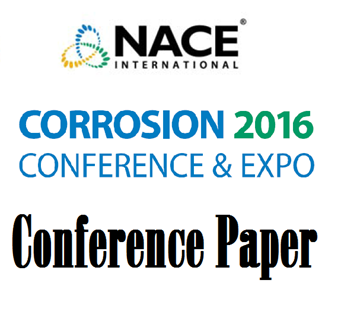Search
51315-5568-Effects of Initial Notch Length on KIAPPLIED KISSC and KLIMIT in NACE TM0177 DCB Test
Also Purchased
51314-3822-K(limit) of C110 in NACE TM0177 Solution A: Influence of the Specimen Size and the Initial Crack Length
Product Number:
51314-3822-SG
ISBN:
3822 2014 CP
Publication Date:
2014
$0.00
51315-5856-Effect of High Arm Displacement on DCB Specimen Testing
Product Number:
51315-5856-SG
ISBN:
5856 2015 CP
Publication Date:
2015
$20.00
51316-7203-The Effect of Notch Configuration on NACE TM0177 DCB Elastic Compliance and Recommendations for Futu
Product Number:
51316-7203-SG
ISBN:
7203 2016 CP
Publication Date:
2016
$20.00




